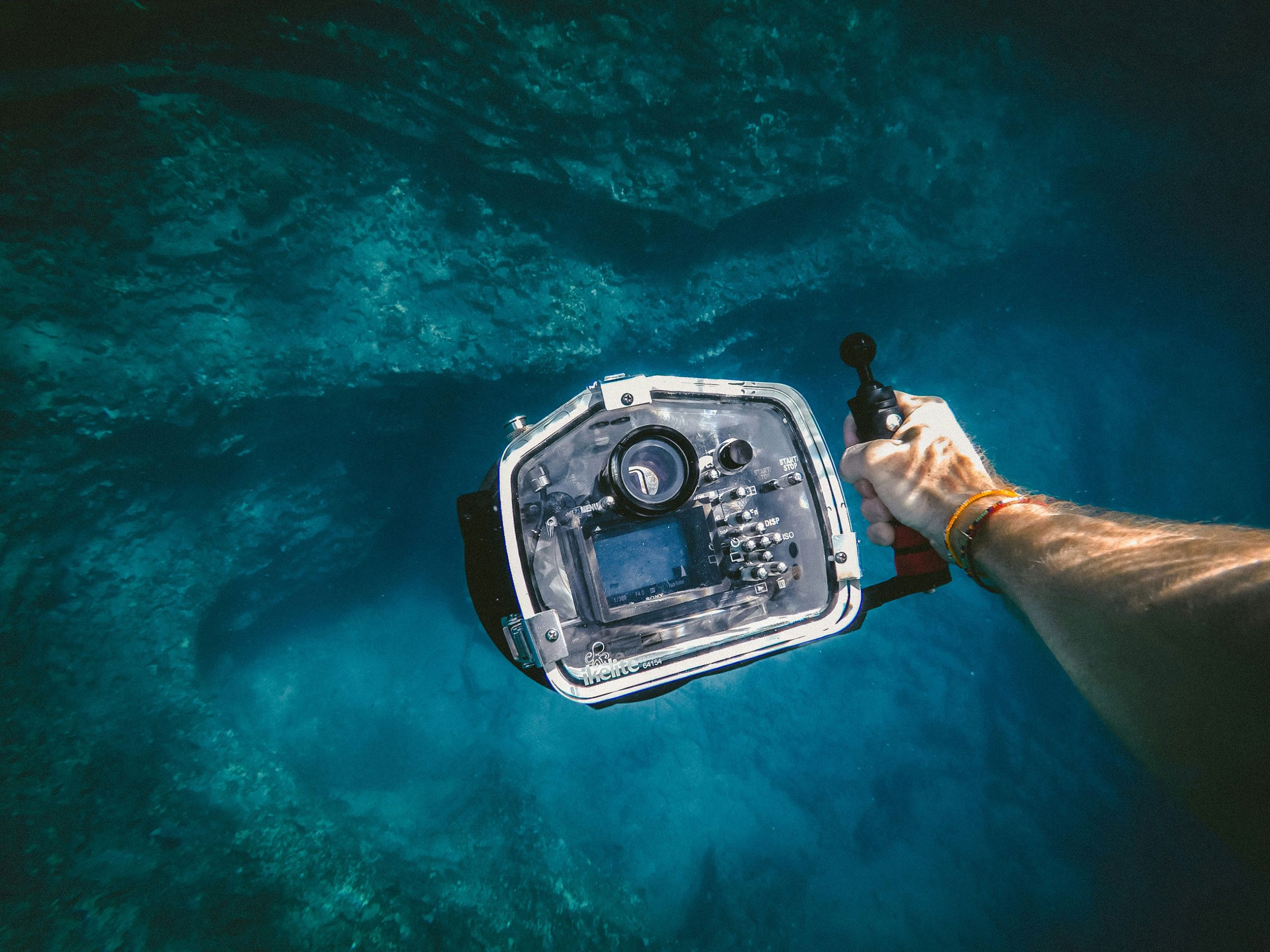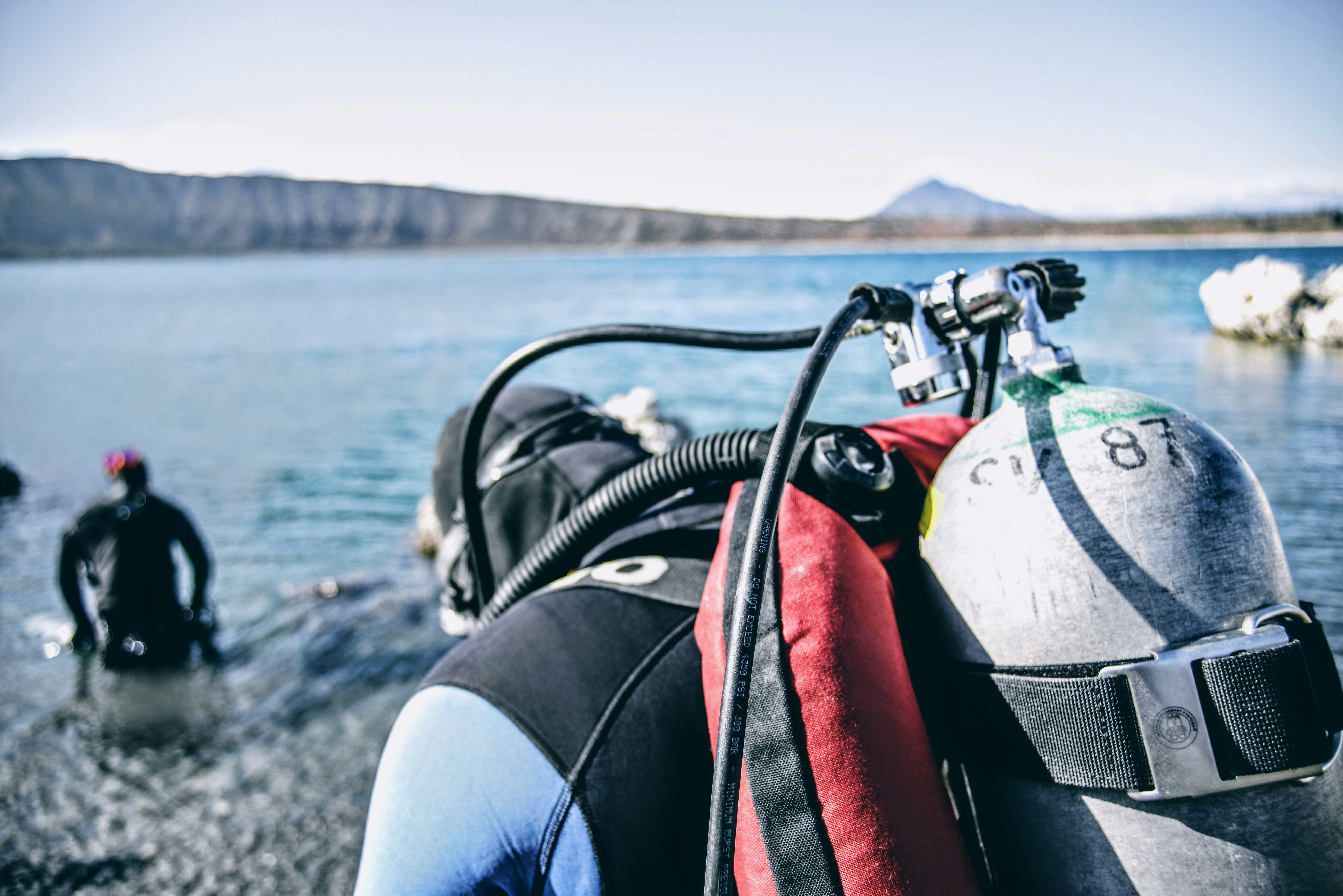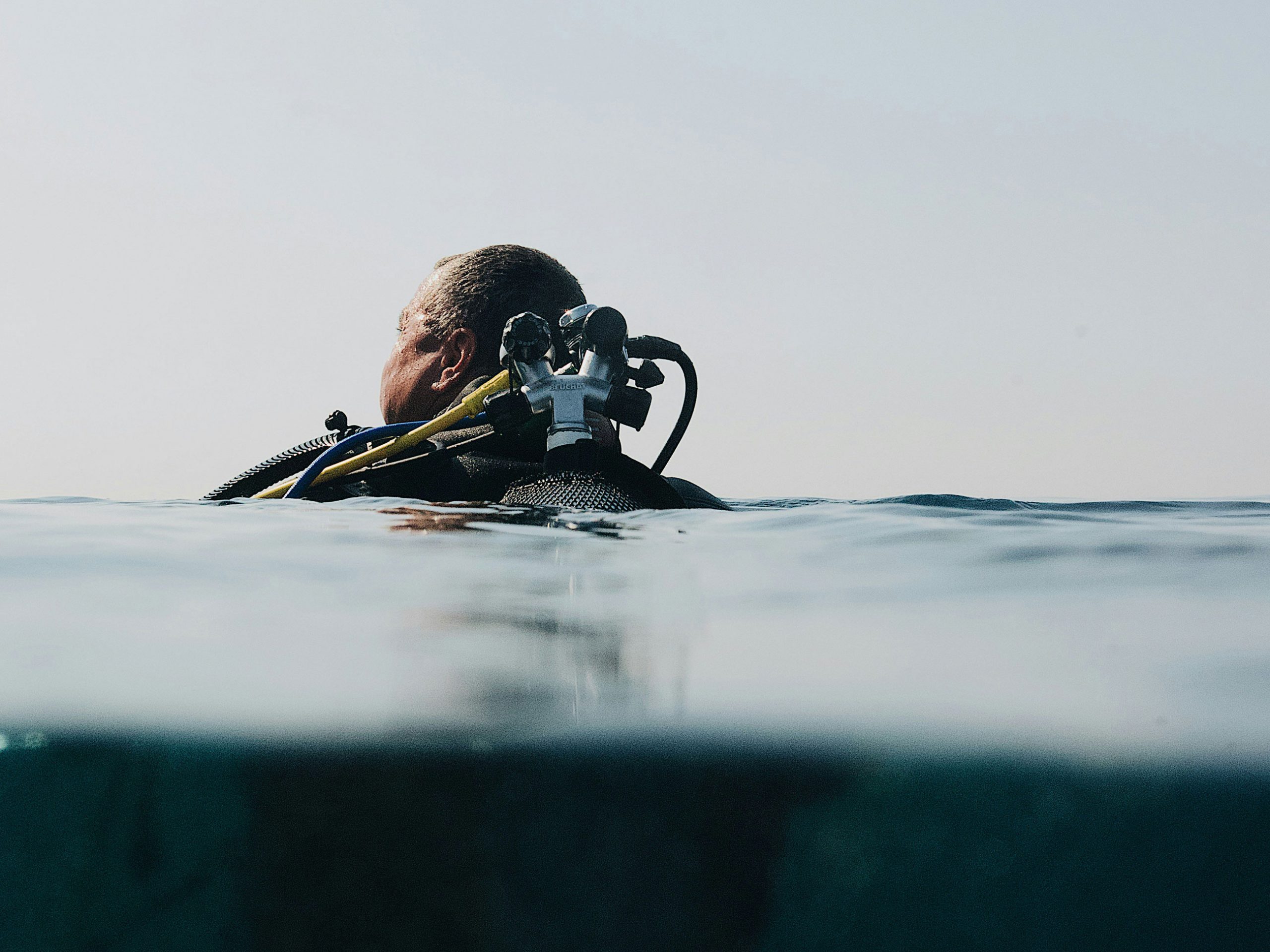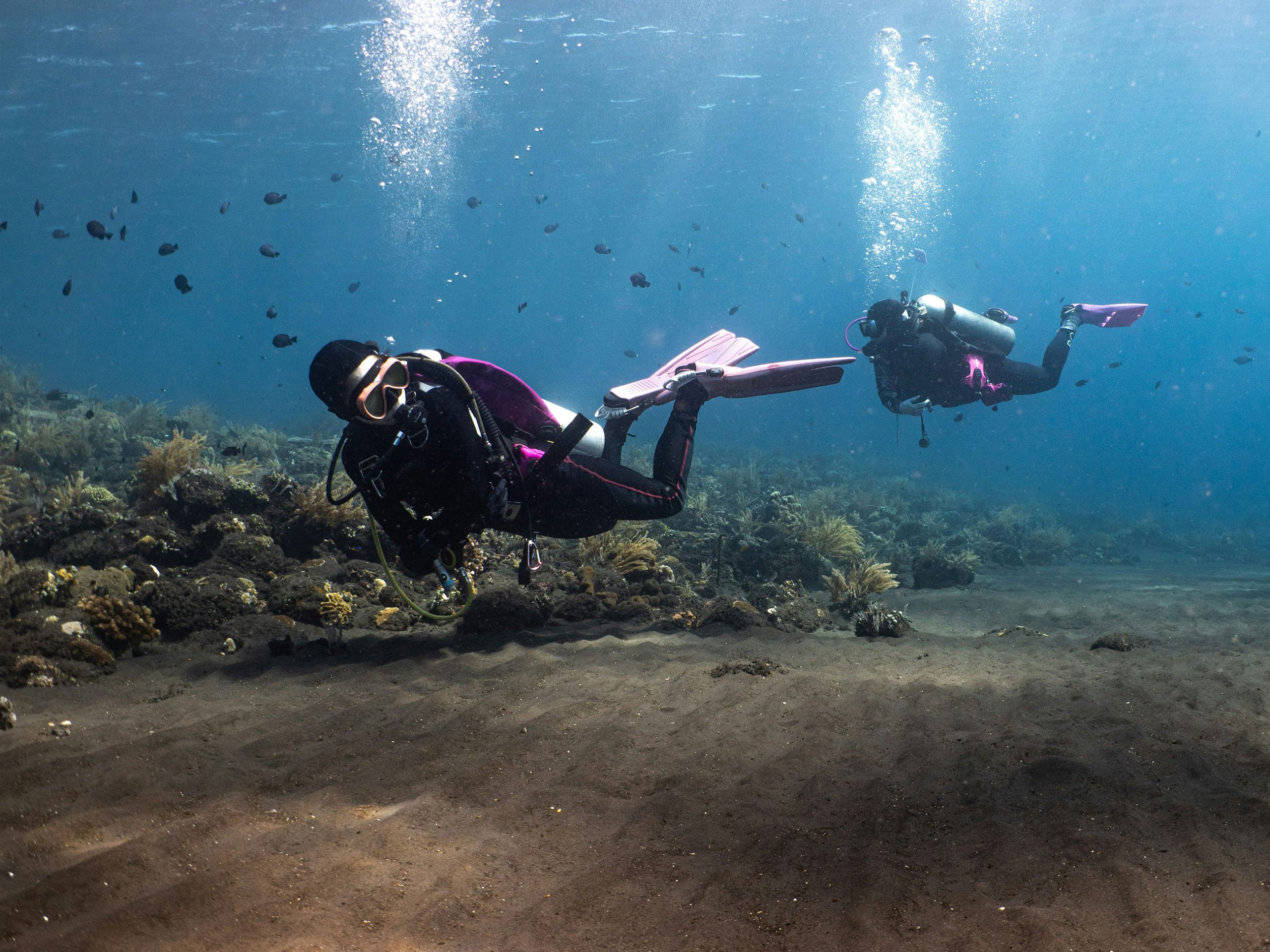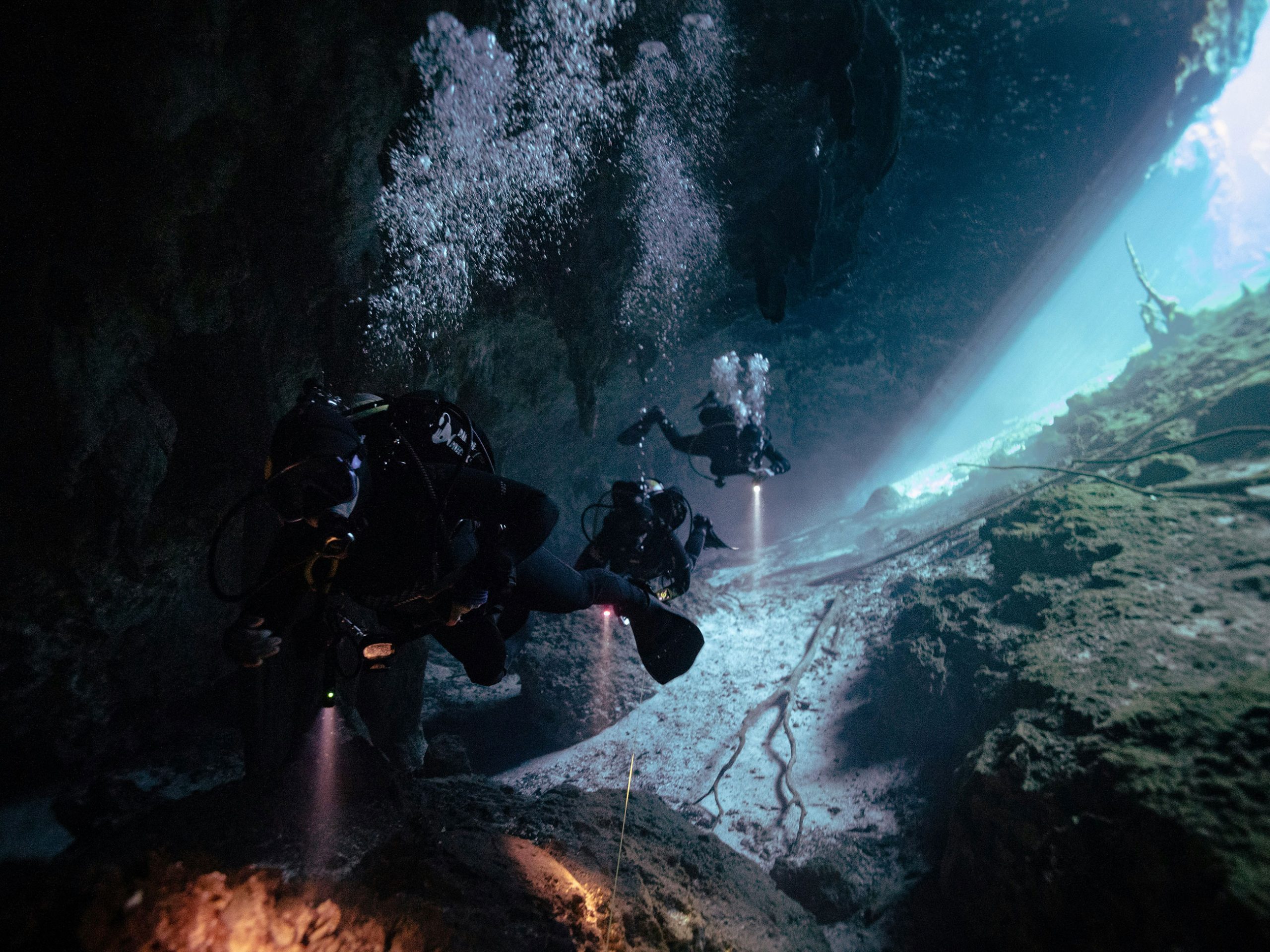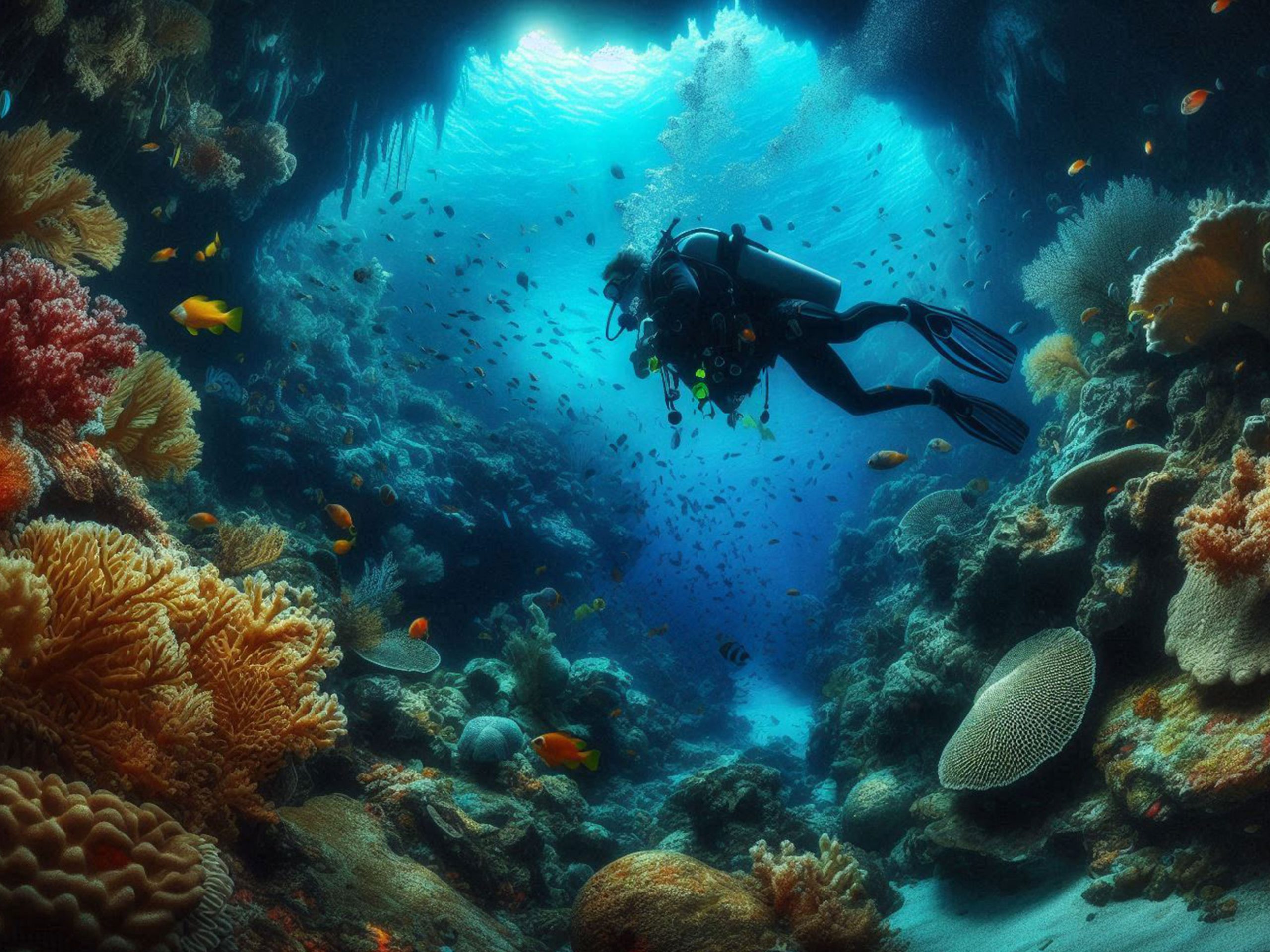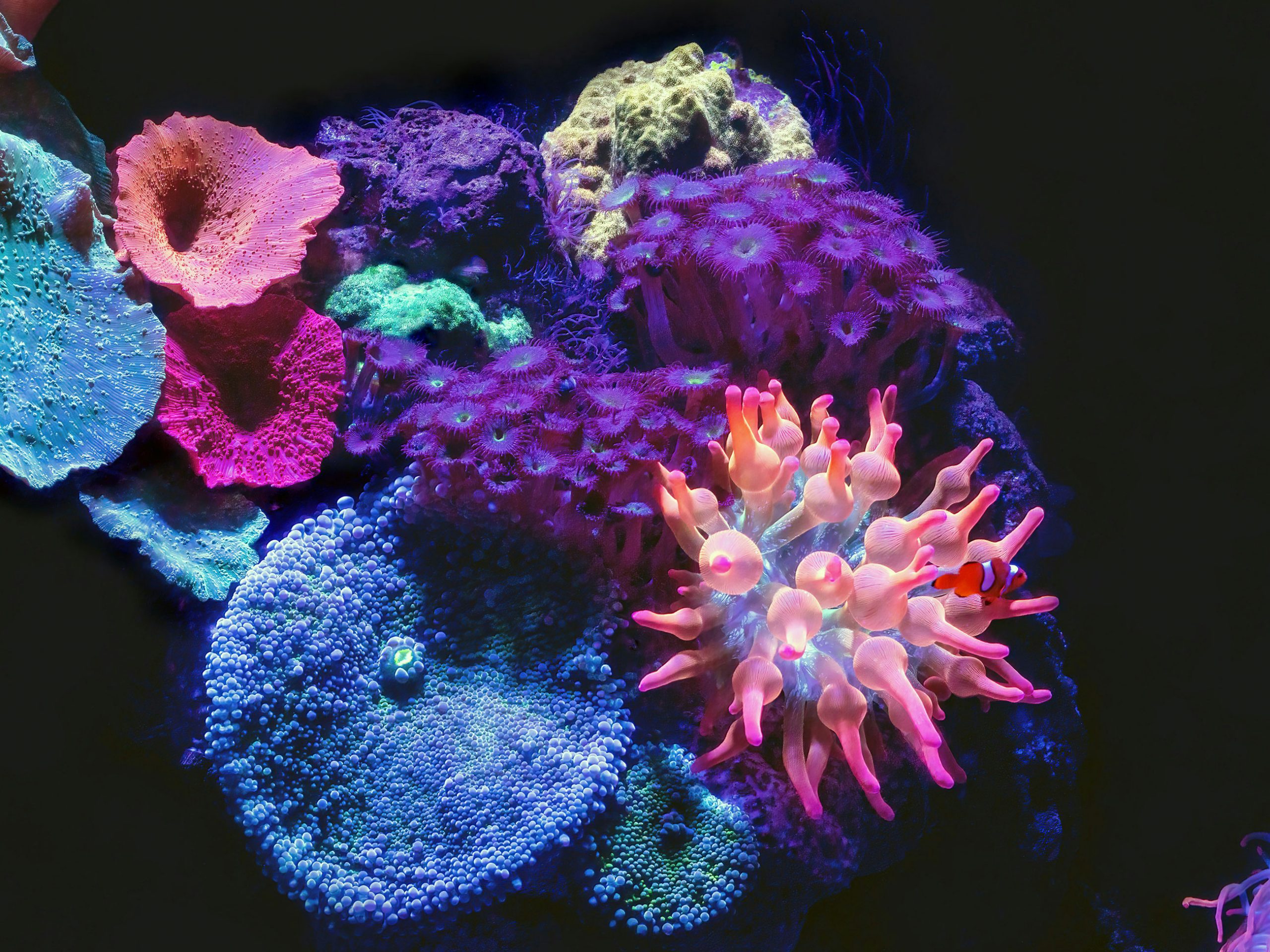Exploring the depths of the ocean is a magical experience, and underwater photography lets you take those breathtaking moments home. Whether you’re an intermediate scuba diver or someone just beginning your underwater photography journey, mastering this skill can elevate your dives to new levels of adventure and creativity. In this guide, we’ll walk you through the essentials of underwater photography—from the gear you need to techniques and editing tips—all while keeping it beginner- and eco-friendly.
Why Underwater Photography is Worth Exploring
Underwater photography is more than a skill; it’s an art form that allows you to:
- Capture Marine Beauty: From the vibrant coral reefs to elusive marine life like manta rays and seahorses, photography lets you immortalize these encounters.
- Document Your Dive Adventures: Relive your journeys and share them with friends or on social media.
- Develop an Eye for Detail: Spotting the small, colorful critters hidden in the reef takes your diving to the next level.
- Raise Awareness: Showcasing the beauty of marine ecosystems helps promote conservation efforts.
Essential Gear for Underwater Photography
The right equipment makes all the difference, especially when you’re navigating through water instead of a studio. Here’s what you’ll need:
Underwater Camera Options
- Compact Cameras: Affordable and perfect for beginners (e.g., GoPro Hero series).
- DSLR/Mirrorless Cameras: For advanced photographers, these offer superior image quality, especially when paired with underwater housings.
- Smartphone Housing: If you’re testing the waters (pun intended), some housings transform your phone into a capable underwater camera.
Lighting Equipment
- Underwater Strobes: Essential for deeper dives to restore the natural vibrancy of colors.
- LED Video Lights: Great for illuminating large areas and capturing movement.
Lenses
- Wide-Angle Lenses: Best for vast coral reefs or large marine life like sharks.
- Macro Lenses: Perfect for focusing on tiny details, like nudibranchs or shrimp.
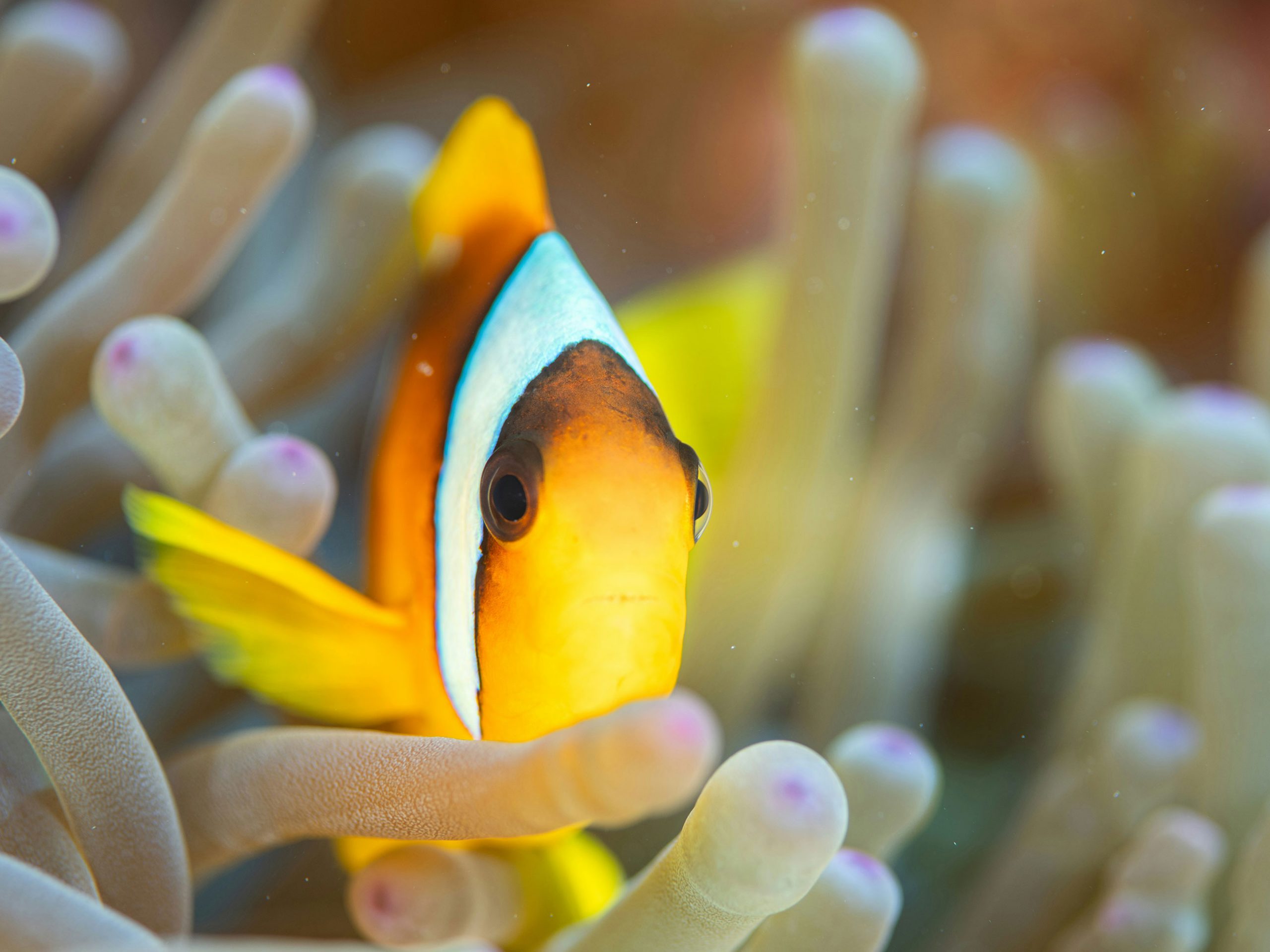
Mastering Techniques for Stunning Shots
Even with the best gear, poor technique can make your photos fall flat. Here are some essential tips:
Master Buoyancy
- Avoid damaging marine life or kicking up silt that clouds your photos.
- Use small adjustments to hover steadily while shooting.
Understand Light
- Colors fade with depth: reds disappear around 5 meters, followed by oranges and yellows.
- Artificial lighting or color correction (covered later) helps.
- Use natural light in shallow waters for a dreamy effect.
Nail Your Composition
- The Rule of Thirds: Divide your frame into nine sections and place your subject on the lines or intersections.
- Include Context: Frame marine life with coral or sun rays for a dynamic shot.
- Experiment with Angles: Shoot upward to capture subjects against the light for depth and drama.
Get Close
- Water reduces clarity and contrast. Minimize the space between you and your subject to avoid murky photos.
- Pro Tip: Always approach marine life slowly to prevent startling them.
Adjust Camera Settings
- Shutter Speed: Keep it high to avoid motion blur.
- Aperture: Adjust based on your desired depth of field.
- ISO: Use a lower ISO to reduce noise, especially in brightly lit areas.
Overcoming Common Challenges in Underwater Photography
Underwater photography has its hurdles, but knowing how to handle them can save the day:
Combatting Backscatter
- Position strobes at an angle to avoid illuminating particles directly.
- Maintain proper buoyancy to avoid disturbing sediment.
Dealing with Refraction
- Objects appear closer and larger underwater. Practice to judge distances accurately and frame your shots correctly.
Motion and Stability
- Exhale slowly to stabilize your body while taking photos.
- Use a wrist strap or housing with a grip for better control.
Post-Dive: Editing to Enhance Your Photos
Editing is where underwater photos truly shine. Here’s how to make your images pop:
Color Correction
- Use software like Lightroom or Photoshop to restore lost reds, oranges, and yellows.
- Adjust the white balance for a natural look.
Remove Backscatter
- Use healing or spot-removal tools to clean up distracting particles.
Enhance Contrast and Sharpness
- Subtle adjustments bring out textures and details without making the photo look artificial.
Dive Safety and Environmental Ethics
Underwater photography comes with a responsibility to protect the marine world:
- Respect Marine Life: Avoid touching or chasing animals.
- Be Mindful of Your Surroundings: Don’t rest on coral or disturb delicate ecosystems.
- Use Reef-Safe Products: Minimize your ecological footprint by using biodegradable sunscreen and keeping gear properly secured.
Next Steps: Practice, Patience, and Joining a Community
- Practice in Calm Waters: Begin with shallow dives or practice in a pool to get familiar with your gear and buoyancy control.
- Join Workshops: Learning from experts, like those offered by Bluewater Photography or local dive shops, can boost your skills.
- Share Your Work: Join underwater photography communities online to gain feedback and inspiration.
Dive Into the Magic
Underwater photography transforms your diving experiences into lasting memories and powerful stories. With the right gear, techniques, and mindset, you can capture the enchanting beauty of the ocean while respecting its delicate balance. So gear up, dive deep, and start creating your underwater masterpiece today!

